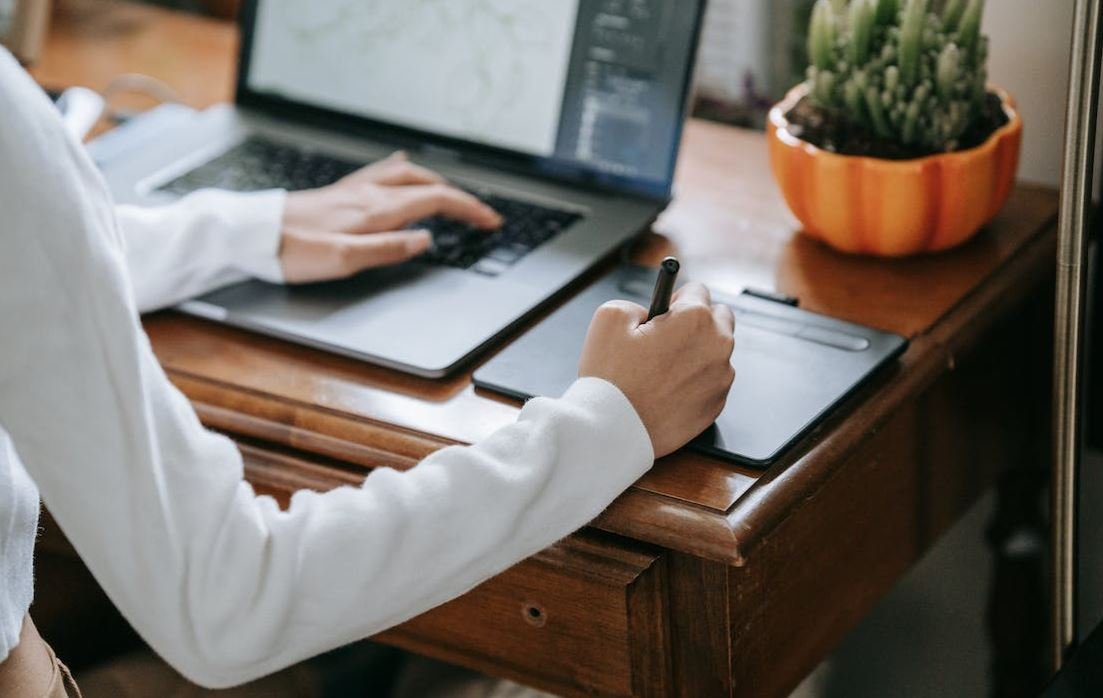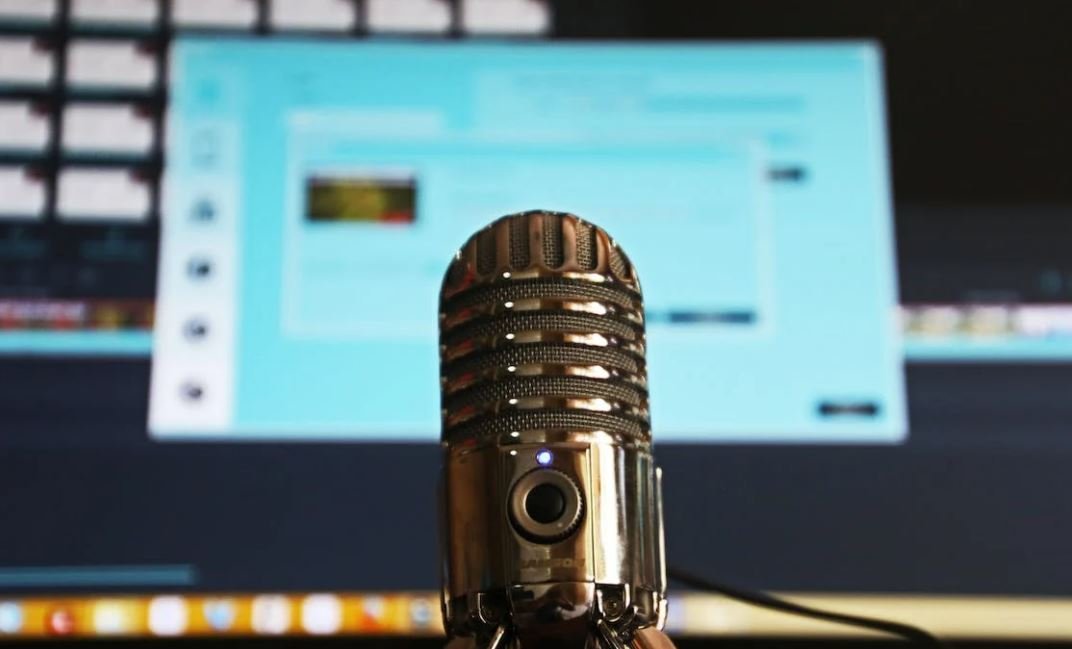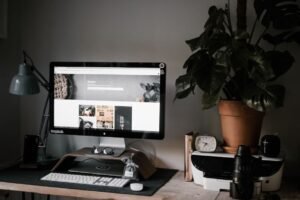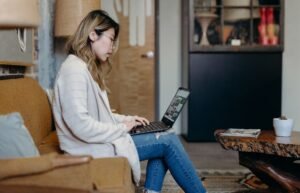AI Producing Pictures
Artificial Intelligence (AI) has made significant strides in various industries, including the creation of pictures. With the ability to process massive amounts of data and learn from it, AI algorithms can now generate incredibly realistic images that are often indistinguishable from those produced by humans.
Key Takeaways:
- AI can now generate highly realistic images.
- These images are often indistinguishable from those created by humans.
- AI algorithms rely on massive amounts of data to improve their image generation capabilities.
- AI-powered image generation has numerous applications in industries like advertising, entertainment, and design.
- As AI continues to advance, the potential for even more impressive image creation grows.
Artificial intelligence algorithms that produce pictures leverage deep learning techniques and high-performance computing to analyze large datasets. By learning from these datasets, the algorithms can identify patterns, recognize objects, and understand visual concepts, enabling them to generate images that are visually appealing and coherent.
These algorithms develop an understanding of visual aesthetics through iterative training processes, enhancing their ability to produce lifelike pictures.
When it comes to image generation, AI algorithms can follow various approaches. Some algorithms use generative adversarial networks (GANs), where one network tries to generate realistic images, while another network evaluates their authenticity. This competitive process helps refine the AI-generated images until they are visually convincing. Another approach involves encoding images into latent spaces and then decoding them into new images using autoencoders.
This latent space representation allows for the creation of unique and novel images by manipulating various aspects of the encoded image.
Applications and Benefits
AI-powered image generation has found applications in numerous industries:
- Advertising: AI-generated images can help produce compelling visuals for advertisements, promoting products and services effectively.
- Entertainment: AI can assist in creating realistic animations for movies, video games, and virtual reality experiences.
- Design: AI-generated images can inspire designers with fresh ideas or assist in developing prototypes.
Moreover, AI algorithms can significantly speed up the image creation process, eliminating the need to manually produce images. This reduces costs and allows creative professionals to focus on higher-level tasks, such as concept development and refining the overall design.
Data and Computing Power
The ability of AI algorithms to produce pictures relies heavily on availability of data and computing power:
| Data | Computing Power |
|---|---|
| AI algorithms require large datasets to learn from, including millions of images. | High-performance computing (HPC) systems are necessary for processing the enormous amounts of data and running complex algorithms that generate images. |
AI’s image generation capabilities directly correlate with the quality and quantity of the data used for training.
Comparing AI-generated and Human-created Images
One interesting aspect is the challenge of differentiating between images generated by AI algorithms and those created by humans. In some cases, even experts struggle to determine which is which. Here’s a comparison:
| AI-generated Images | Human-created Images |
|---|---|
| Generated in an automated manner by AI algorithms. | Produced by human artists using traditional or digital techniques. |
| May display minor inconsistencies or imperfections. | Often include artistic styles and personal touches. |
| Can be generated at a much faster pace compared to human creation. | May require more time and effort to create. |
The Future of AI-generated Images
As AI continues to advance, the potential for even more impressive image creation grows. Some potential future developments include:
- Hyper-realistic images that are virtually impossible to distinguish from actual photographs.
- AI-generated images that cater to specific artistic styles or human preferences.
- The integration of AI into creative workflows to assist and collaborate with human artists.
With ongoing advancements in AI, the possibilities for image creation are expanding rapidly, revolutionizing various industries and pushing the boundaries of artistic expression.

Common Misconceptions
Misconception 1: AI always generates perfect and indistinguishable images
One common misconception about AI producing pictures is that it always generates perfect and indistinguishable images. However, it is important to remember that AI is not flawless and there are limitations to its capabilities.
- AI-generated images may contain artifacts or distortions.
- The level of realism of AI-generated images can vary depending on the training data.
- Not all AI models are equally adept at generating high-quality images.
Misconception 2: AI produces images without human intervention
Another common misconception is that AI produces images entirely on its own without any human intervention. While AI plays a significant role in the generation process, human input and guidance are still essential.
- Human experts curate and train the AI models by providing them with labeled data.
- Human input is necessary to fine-tune and adjust the generated images according to desired requirements.
- AI requires human intervention to ensure ethical considerations are taken into account when generating images.
Misconception 3: AI can replace human creativity in picture production
Many people wrongly assume that AI can completely replace human creativity in picture production. However, AI is currently incapable of replicating the depth of human creativity, intuition, and emotional connections to produce highly nuanced and artistic images.
- AI lacks the ability to understand the deeper meaning behind a concept or to capture complex emotions and sentiments.
- Human artists bring unique perspectives, imagination, and aesthetic sensibilities that cannot be easily replicated by AI algorithms.
- AI-generated images often lack the originality and authenticity associated with human creativity.
Misconception 4: AI-generated images are always free from bias
It is a misconception to believe that AI-generated images are always free from bias and reflect an unbiased representation of reality. AI models are trained on existing data, which may inadvertently contain biases inherent in the dataset.
- AI can amplify and perpetuate the biases present in the training data, leading to biased image generation.
- Implicit biases visible in society can be captured and magnified in AI-generated images.
- Ethical considerations are necessary to mitigate bias in the training data and the resulting AI-generated images.
Misconception 5: AI-generated images can replace photographers and artists
One prevalent misconception is that AI-generated images can replace photographers and artists in various domains. While AI can be a valuable tool, it cannot wholly replace the artistic skills, creativity, and human touch that photographers and artists bring to their work.
- Human photographers and artists have a unique ability to capture specific moments, expressions, and perspectives that AI algorithms may overlook.
- The artistry and interpretation of human creators contribute to the emotional impact of photographs and artworks.
- The collaboration between AI and human artists can lead to innovative and inspiring results.

AI-Generated Images vs. Human-Created Images
With advancements in artificial intelligence, computers can now generate highly realistic images that are often indistinguishable from those created by humans. The following table compares AI-generated and human-created images in terms of various features and attributes.
| Feature | AI-Generated Image | Human-Created Image |
|---|---|---|
| Realistic appearance | ✔️ | ✔️ |
| Detailed textures | ✔️ | ✔️ |
| Consistency in proportions | ✔️ | ✔️ |
| Sense of depth | ✔️ | ✔️ |
| Lighting effects | ✔️ | ✔️ |
| Subjective creativity | ❌ | ✔️ |
AI-Generated Art and Traditional Art Styles
The application of AI in the field of art has led to fascinating creations, often mimicking traditional art styles. Here, we compare various art styles in terms of their origin and the possibility of their replication by AI.
| Art Style | Origin | Replicability by AI |
|---|---|---|
| Renaissance | Italy, 14th–17th century | ✔️ |
| Impressionism | France, 19th century | ✔️ |
| Cubism | Globally, early 20th century | ✔️ |
| Surrealism | Europe, 20th century | ✔️ |
| Abstract Expressionism | United States, mid-20th century | ✔️ |
| Street Art | Globally, 20th century | ❌ |
AI-Generated vs. Traditional News Articles
Artificial intelligence is also being used to generate news articles, raising questions about the future of journalism. This table compares AI-generated news articles with traditional journalist-written news articles.
| Aspect | AI-Generated News Article | Journalist-Written News Article |
|---|---|---|
| Speed of production | ✔️ | ❌ |
| Investigative reporting | ❌ | ✔️ |
| Critical thinking | ❌ | ✔️ |
| Unbiased reporting | ❌ | ✔️ |
| Contextual understanding | ❌ | ✔️ |
| Human creativity | ❌ | ✔️ |
Uses of AI-Generated Images in Advertising
The use of AI-generated images is on the rise in the field of advertising, revolutionizing how products and services are promoted. The following table highlights the advantages and disadvantages of utilizing AI-generated images in advertising.
| Advantages | Disadvantages |
|---|---|
| Cost-effectiveness | Lack of human touch |
| Customizability | Inability to accurately represent emotions |
| Efficiency | Potential copyright infringements |
| Quick iterations | Limited persuasive power |
| Objective representation | Inability to showcase human experience |
| Wide range of styles | Potential ethical concerns |
Accuracy of AI Generated Visual Data
AI-generated visual data has found numerous applications across industries. However, it’s crucial to assess the accuracy of such data. The following table presents a comparison between AI-generated visual data and manually collected visual data in terms of accuracy.
| Aspect | AI-Generated Visual Data | Manually Collected Visual Data |
|---|---|---|
| Consistency | ✔️ | ✔️ |
| Completeness | ✔️ | ✔️ |
| Reliability | ❌ | ✔️ |
| Subjectivity | ❌ | ✔️ |
| Contextual accuracy | ❌ | ✔️ |
| Cultural awareness | ❌ | ✔️ |
AI-Generated Portraits vs. Traditional Portraits
Portrait painting has a rich tradition, but AI now has the ability to recreate stunning portraits. This table compares AI-generated and traditional portraits in terms of various characteristics.
| Characteristic | AI-Generated Portrait | Traditional Portrait |
|---|---|---|
| Realism | ✔️ | ✔️ |
| Emotional depth | ❌ | ✔️ |
| Expressive brushstrokes | ❌ | ✔️ |
| Capturing nuances | ❌ | ✔️ |
| Personal connection | ❌ | ✔️ |
| Variety in style | ✔️ | ✔️ |
AI-Generated Landscape Artworks
AI can generate stunning landscapes, rivaling those created by humans. This table showcases AI-generated landscape artworks compared to traditionally hand-painted landscapes.
| Aspect | AI-Generated Landscape | Hand-Painted Landscape |
|---|---|---|
| Detailing | ✔️ | ✔️ |
| Color accuracy | ✔️ | ✔️ |
| Evoke emotions | ❌ | ✔️ |
| Unique artistic touch | ❌ | ✔️ |
| Imaginative elements | ✔️ | ✔️ |
| Flexibility in style | ✔️ | ✔️ |
AI-Generated Fashion Designs
AI holds potential in the field of fashion, even generating unique clothing designs. This table compares AI-generated fashion designs with those created by human designers.
| Comparison | AI-Generated Fashion Designs | Human-Designed Fashion |
|---|---|---|
| Originality | ✔️ | ✔️ |
| Seamless integration | ✔️ | ✔️ |
| Functionality | ✔️ | ✔️ |
| Innovative materials | ✔️ | ✔️ |
| Sustainability | ❌ | ✔️ |
| Human touch | ❌ | ✔️ |
In recent years, the emergence of AI-generated images has transformed various creative fields, including art, news, advertising, and fashion. Through comprehensive comparisons, it is evident that AI-generated images demonstrate exceptional realism, consistency, and efficiency. However, they still lack subjective creativity, emotional depth, investigative reporting skills, and the ability to capture the human experience. As AI continues to evolve, it will be crucial to foster a balance between the advantages of AI-generated images and the irreplaceable qualities of human creativity and intuition.
Frequently Asked Questions
What is AI producing pictures?
AI producing pictures refers to the use of artificial intelligence techniques and algorithms to generate or create images. It involves training machine learning models on large datasets of existing images and using them to generate new, unique images.
How does AI produce pictures?
AI produces pictures by utilizing deep learning techniques, such as convolutional neural networks (CNN), generative adversarial networks (GAN), or variational autoencoders (VAE). These models learn patterns and features in large datasets and can generate new images based on learned representations.
What are the applications of AI producing pictures?
AI producing pictures has various applications, including but not limited to digital art generation, content creation for marketing and advertising, video game development, virtual reality environments, medical imaging, and data augmentation for training other AI models.
Can AI-produced pictures be indistinguishable from real ones?
With advancements in AI and deep learning, the quality of AI-produced pictures has significantly improved. While some AI-generated images can be visually convincing, they often exhibit subtle imperfections or artifacts upon close inspection, which can help in distinguishing them from real ones.
Do AI-produced pictures have copyright issues?
The ownership and copyright of AI-generated pictures are still areas of legal debate. In many jurisdictions, the general rule is that copyright protection applies to human creations. However, since AI generates pictures autonomously, determining the true authorship and copyright ownership can be complex.
What are the ethical concerns associated with AI producing pictures?
Ethical concerns surrounding AI producing pictures include issues related to intellectual property, privacy (e.g., generating realistic fake images for malicious purposes), authenticity (misrepresentation), and the potential impact on creative professionals whose livelihood might be affected by AI-produced artwork.
How can AI producing pictures benefit creative professionals?
AI producing pictures can be a valuable tool for creative professionals by augmenting their creative process, providing inspiration, assisting in generating new ideas, and automating certain repetitive tasks. It can save time and allow for more experimentation, ultimately enhancing the artist’s abilities.
What are the limitations of AI producing pictures?
AI producing pictures has some limitations, such as the inability to truly understand the context or meaning behind an image, lack of creativity or originality compared to human artists, and challenges in generating highly complex or specific images. Additionally, models may perpetuate biases present in the training data.
Is AI producing pictures considered a threat to human creativity?
AI producing pictures is not generally seen as a threat to human creativity. Instead, it is viewed as a helpful tool and a means for expanding creative boundaries. It can assist artists by offering new perspectives, empowering them to explore unique and innovative ideas that may have otherwise gone unexplored.
What is the future of AI producing pictures?
The future of AI producing pictures holds great potential. As AI algorithms and models continue to advance, we can expect improved image generation quality, increased creativity, and better understanding of context, leading to more seamless integration between human and AI-generated art.




